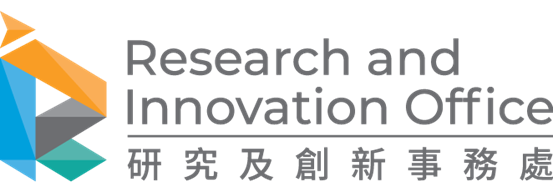The rising traffic density and heavier loads on the city’s vast network of bridges and highways have posed challenges to establishing an efficient and reliable inspection system for road safety. Researchers at The Hong Kong Polytechnic University (PolyU) have developed an innovative intelligent model with a multi-tier design to advance the inspection and evaluation process for surface and subsurface defect detection and safety for concrete bridges, contributing to a more sustainable public infrastructure.
Elevated temperatures and humidity accelerate rebar corrosion and concrete degradation, leading to cracks, spalling, and structural weakening. These issues are further exacerbated in dense urban environments, where inspection and repairs are logistically complex. While visual inspection (VI) remains the primary method for assessing structural conditions, it often fails to identify subsurface defects such as rebar corrosion. To overcome these limitations, Prof. Tarek ZAYED, Professor of the Department of Building and Real Estate of the PolyU, and his research team have advanced non-destructive testing (NDT) technologies to proactively detect both surface and subsurface defects in concrete bridge decks, enhancing accuracy and improving road safety.
The research integrated advanced technologies, including drone-enabled VI for automated data collection, ground-penetrating radar (GPR) for mapping subsurface corrosion, and infrared thermography (IRT) for detecting internal concrete delamination. Machine learning algorithms help analyse the combined data, forming a comprehensive multi-tier system for identifying critical structural defects.
Prof. ZAYED said, “Our hybrid inspection system innovatively combines drones, GPR, and IRT to enhance defect detection through an integrated, AI-powered approach. It improves inspection efficiency and accuracy, and generates deterioration analysis reports, such as the bridge deck efficiency index. A smart, user-friendly tool that automates bridge deck efficiency data analysis is designed for practical applications. Furthermore, we standardise inspections with the establishment of a 5-point severity rating scale to prioritise repairs.”
Growing traffic loads heighten the need for frequent bridge inspections, particularly for detecting surface cracks, which are the most prevalent defects. However, conventional VI has certain limitations in accuracy, labor intensity, and subjectivity. In response, Prof. ZAYED and the team developed YOLOv8-GAM-WISE-IoU, a highly efficient deep convolutional neural network (CNN)-based model for automated bridge crack detection. Research results demonstrated superior precision, showing that this novel computer vision model holds strong potential for real-world deployment across various applications.
GPR is a leading NDT technology for real-time evaluation of concrete corrosion, but its data analysis can be complex and time-consuming. To address this, the research team introduced a fully automated method for GPR data interpretation, along with reinforced corrosion evaluation. The developed method features both robust rebar picking and corrosion mapping, with over 98% precision and recall. This standardised approach also accurately identifies potential corrosion zones.
Harsh environments, aging, and traffic-induced wear can deteriorate concrete elements, and cause structural damage and surface cracks, leading to rebar corrosion in bridge decks. Harnessing IRT technology, the team established an optimum thermal gradient threshold (OTGT) system to detect delaminated areas in the concrete bridge deck. This smart system also generates delamination maps and threshold values, facilitating timely diagnosis and maintenance to extend bridge lifespan.
Prof. ZAYED’s research in advancing bridge inspection and safety has been published in international journals, including Construction and Building Materials, Automation in Construction, and Advanced Engineering Informatics. The research was also supported by the Smart Traffic Fund, with a grant of around 8 million under the grant number of PSRI/14/2109/RA.
PolyU researchers innovate multi-tier intelligent inspection system for safer and sustainable bridge infrastructure
6 Nov 2025
Research and Innovation
Your browser is not the latest version. If you continue to browse our website, Some pages may not function properly.
You are recommended to upgrade to a newer version or switch to a different browser. A list of the web browsers that we support can be found here



